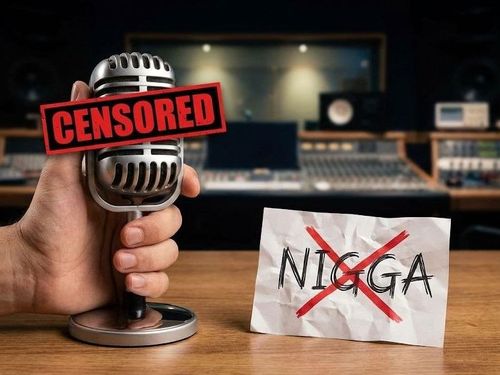On Tuesday, Mattel unveiled the initial edition of the Barbie doll that portrays an individual with Down syndrome.
This novel doll is included in the Mattel Barbie Fashionistas range, which strives to provide children with a broader range of beauty representations and combat the social stigma surrounding physical disabilities.
Barbie Fashionistas of the past have featured a doll who sports a prosthetic leg, another who wears hearing aids, a wheelchair-bound doll, and a doll afflicted with vitiligo. This skin condition results in depigmented patches.
Mattel (MAT) collaborated closely with the National Down Syndrome Society to create the latest Barbie Fashionista. The doll's physical attributes, clothing, accessories, and packaging were all designed with great care to accurately reflect the appearance of an individual with Down syndrome. This genetic condition can result in various cognitive impairments, from mild to severe, and distinct facial features.
Kandi Pickard, president and CEO of NDSS, stated that having a Barbie doll that resembles our community is a significant milestone. This allows them to play with a toy that represents them for the first time. Barbie is a symbol of the importance of representation, and it is a significant step towards inclusivity. We are rejoicing on this momentous occasion.
Mattel has recently adopted a more inclusive approach to its iconic Barbie brand, which has been around for 64 years. However, the company has received criticism for presenting girls with role model that has unrealistic body proportions.
Since its introduction in 1959, Barbie dolls have predominantly featured a white, slender, blonde body type with a tiny waist, large bust, and high heels that are difficult to walk in. Thon has been the case for decades.
In 2016, Mattel responded to declining sales of their doll by giving Barbie a more true-to-life representation. They accomplished this by creating new dolls that were more diverse and inclusive in their appearance. The updated Barbie line featured four different body types, seven skin tones, 22 eye colours, and 24 hairstyles. Barbie's evolution has continued with the release of Barbie Fashionistas three years later.
Mattel has released its latest Fashionista doll, which underwent a medical professional review, showcasing a new body and face sculpt representing women with Down syndrome. The doll features a shorter frame, a longer torso, a rounder face, smaller ears, and a flat nasal bridge. The almond-shaped eyes are slightly slanted. Additionally, the doll's palms display a single line, a trait commonly associated with Down syndrome, as stated by Mattel.
The latest Barbie dons a pink ankle-foot orthotic that complements her attire, while her sneakers sport a zipper as a nod to kids with Down syndrome who require orthotics for added foot and ankle support.
According to Mattel, the latest Barbie design showcases a puff-sleeved dress with a butterfly pattern in yellow and blue hues. These colours and symbols are associated with raising awareness for Down syndrome.

The pink pendant necklace on the doll features three upward chevrons, symbolising unity within the Down syndrome community. This represents the three copies of the 21st chromosome, the genetic material responsible for the traits associated with Down syndrome.
In a statement, Lisa McKnight, the executive vice president and global head of Barbie & Dolls at Mattel, expressed that their objective is to allow every child to identify with Barbie while promoting the use of dolls that do not resemble them. McKnight added that Mattel aims to combat social prejudices through play.
"Playing with dolls representing experiences beyond a child's own can foster empathy and understanding. Our dedication to promoting inclusivity through play is exemplified by our introduction of a Barbie doll with Down syndrome, reflecting the diversity of our world. We are thrilled to offer this new addition to our collection." she said.




